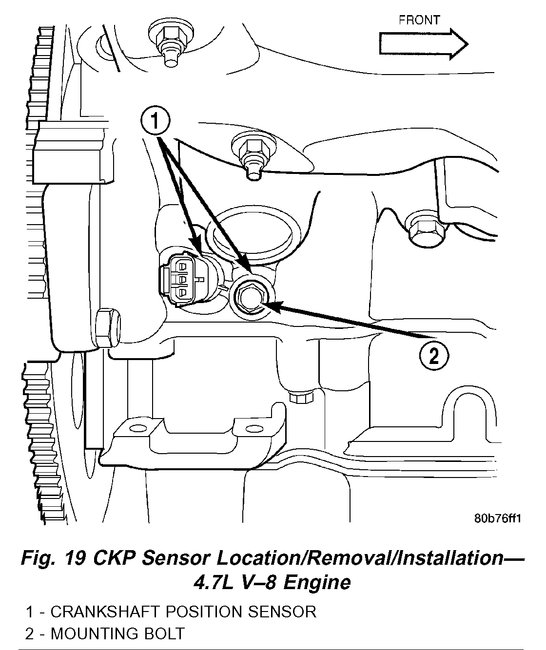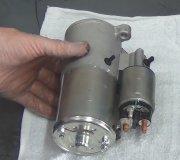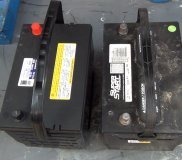Hi and thanks for using 2CarPros.com.
The most common cause of loss of spark is a faulty crankshaft position sensor. Take a look through these links:
https://www.2carpros.com/articles/symptoms-of-a-bad-crankshaft-sensor
Here are general directions for replacing one:
https://www.2carpros.com/articles/crankshaft-angle-sensor-replacement
Here is a link that discusses what you are presently experiencing and how to check and repair:
https://www.2carpros.com/articles/car-cranks-but-wont-start
If you have a live data scanner, plug it in and check if there is an RPM reading when the engine is cranking. If there is no reading, the sensor is my first suspect.
________________________________
If you determine the sensor is the problem, here are the specific directions to replace it for your vehicle. The attached picture correlates with these directions, showing location. If you cannot tell by the picture, it is located on the engine block side, passenger side, rear of the engine.
REMOVAL
The Crankshaft Position (CKP) sensor is located at the right-rear side of the engine cylinder block. It is positioned and bolted into a machined hole in the engine block.
1. Disconnect CKP electrical connector at sensor.
2. Remove CKP mounting bolt.
3. Carefully twist sensor from cylinder block.
4. Remove sensor from vehicle.
5. Check condition of sensor O-ring.
INSTALLATION
1. Clean out machined hole in engine block.
2. Apply a small amount of engine oil to sensor O-ring.
3. Install sensor into engine block with a slight rocking action. Do not twist sensor into position as damage to O-ring may result.
CAUTION: Before tightening sensor mounting bolt, be sure sensor is completely flush to cylinder block. If sensor is not flush, damage to sensor mounting tang may result.
4. Install mounting bolt and tighten to 28 Nm (21 ft.lbs) torque
5. Connect electrical connector to sensor.
_________________________
I hope this helps. Let me know if you have problems or need additional information.
Take care,
Joe
Image (Click to make bigger)
Friday, November 9th, 2018 AT 5:48 PM




